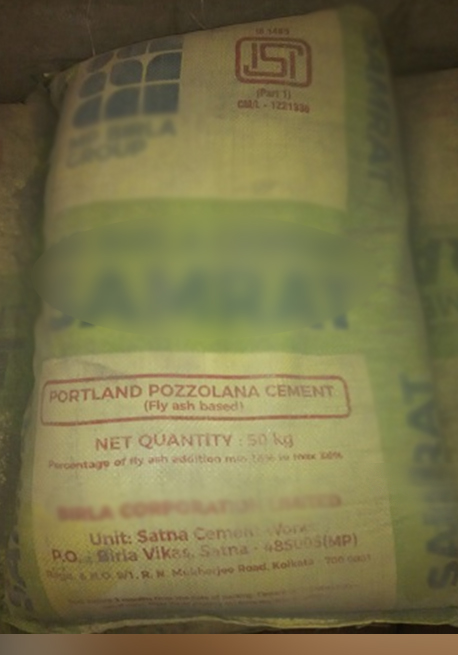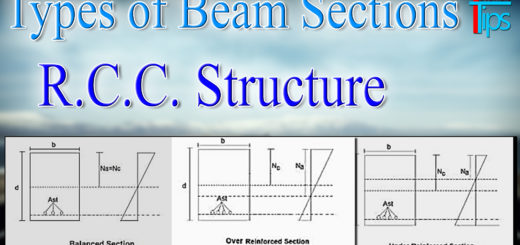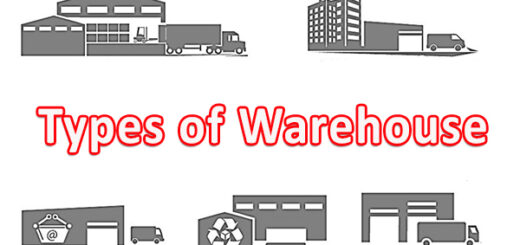Difference Between Trade or Non-Trade Cement
What is Cement?
Cement is a binding material called a binding agent. We know cement is the main ingredient of building materials.
Cement is a commonly used binding material in construction. The cement is obtained by burning a mixture of calcareous (calcium) and argillaceous (clay) material at a very high temperature and then grinding the clinker so produced to a fine powder. It was first produced by a mason Joseph Aspdin in England in 1924. He patented it as Portland cement.
Cement Marketing are two types
- Trade Cement marketing
- Non-Trade Cement Marketing
What is Trade Cement?
Trade cement is sold by the manufacturer to the dealers and distributors, who in turn sell to the consumers.
- The cement dealer buys directly from the cement company and sells also does a retail sale from his shop. The dealer is an incentive to sell the product.
- Trade cement is more costly than non-trade cement. All taxes are to be paid at the time of delivery while in non-trade cement taxes can pay in any month of the financial year.
- Selling Price involves the share of dealers, retailers etc.
What is Non-trade Cement?
Cement sold to direct customers like a construction company for self-consumption (their project use), not to be resold to a third party falls under Non- Trade Category.
on Non-Trade cement bag written (Not for retail sale), It Means this type of cement bag is coming directly from the plant.
- Non-trade cement is that which sell by the manufacturer directly to the consumer (Builder, Contractor or Institution involve in any project, NGO or Government). The dealer bypassed.
- Non-trade cement does not have heavy overheads and is cheaper as compared to trade cement. Consumers such as realtors, contractors, etc., purchase in bulk from the manufacturer.
- In non-trade, the company can directly dispatch material from its factory to the destination of the buyer without any doubt of middlemen meddling with the product.
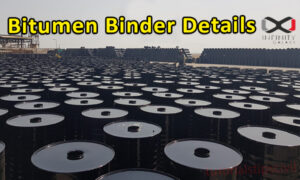 |
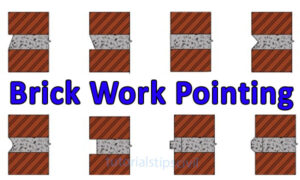 |
 |
 |
 |
 |
 |
 |
 |
 |
 |
 |

